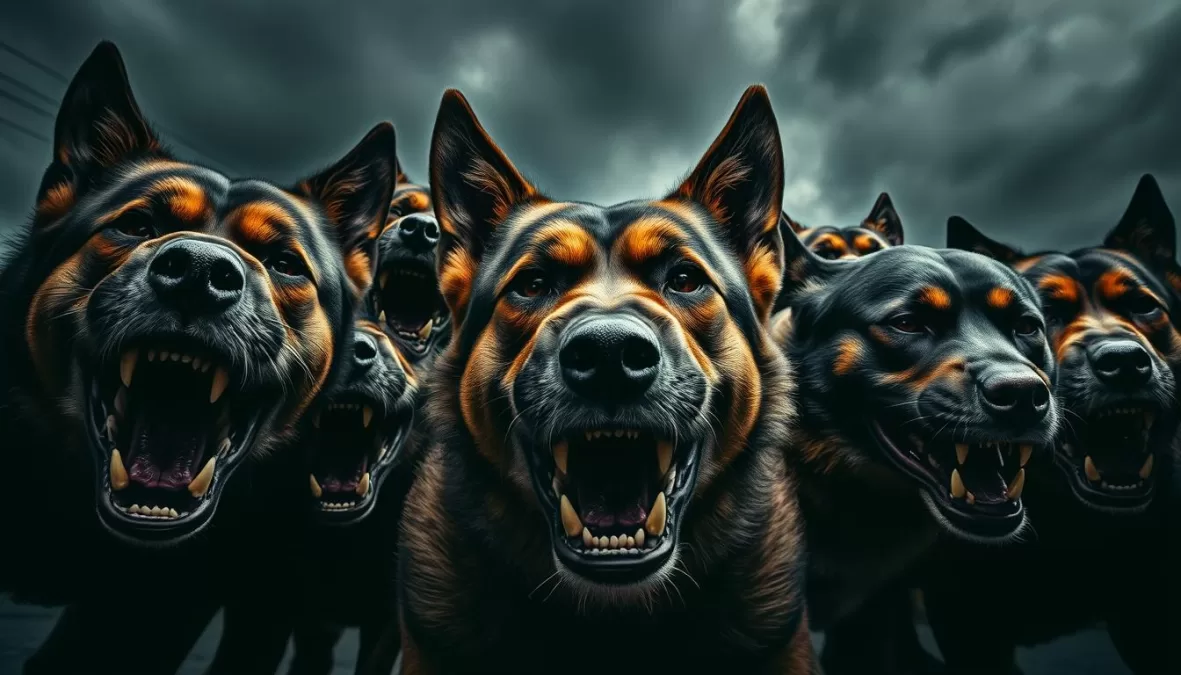Certain dog breeds have gained notoriety for their physical strength and, in some cases, aggressive behavior. Understanding these dog breeds is crucial for potential owners and the general public.
The characteristics that make some breeds more prone to aggression are complex and multifaceted. Factors such as historical background, training, and individual temperament play significant roles. By examining statistics on dog attacks and understanding the traits of various breeds, we can better assess which dogs might pose higher risks.
Key Takeaways
- Some dog breeds are statistically more likely to be involved in attacks due to their physical capabilities and historical backgrounds.
- Individual temperament and training are crucial in determining a dog’s behavior, regardless of breed.
- Understanding breed characteristics can help potential dog owners make informed decisions.
- Proper training techniques can significantly reduce the risk of aggression in dogs.
- Examining dog bite statistics provides valuable insights into breed-specific aggression.
Understanding Canine Aggression: Nature vs. Nurture
Understanding dog aggression requires examining the interplay between genetic predispositions and environmental influences. The complexity of canine behavior cannot be attributed to a single factor; rather, it’s the result of a multifaceted interaction between genetics, environment, and nurture.
The Role of Genetics in Dog Behavior
The genetic makeup of a dog plays a significant role in its temperament and behavior. Certain breeds have been selectively bred for traits such as guarding or fighting, which can influence their predisposition towards aggression. Research indicates that while genetics can predispose a dog to certain behaviors, individual variation within breeds is substantial.
How Training and Environment Impact Aggression
Environmental factors, including training and socialization, significantly impact a dog’s likelihood of displaying aggressive behavior. Responsible ownership, characterized by early socialization and consistent training, can mitigate aggressive tendencies even in breeds with stronger genetic predispositions. By understanding the interplay between genetics and environment, dog owners can take proactive steps to foster a well-behaved and non-aggressive pet.
What Makes a Dog Breed “Dangerous”?
Understanding what makes a dog breed dangerous requires a nuanced approach that goes beyond common stereotypes. All dogs, regardless of breed, can become aggressive if not properly trained or treated. However, certain breeds are more frequently involved in serious dog attacks and human fatalities.
The classification of a dog breed as “dangerous” is based on several key factors. One crucial aspect is the breed’s physical capabilities, particularly its bite force.
Bite Force and Physical Capabilities
A dog’s bite force is a significant factor in determining the severity of injuries inflicted during an attack. Breeds with stronger bite forces tend to cause more severe injuries. For instance, breeds like Pit Bull Terriers and Rottweilers are known for their powerful jaws.
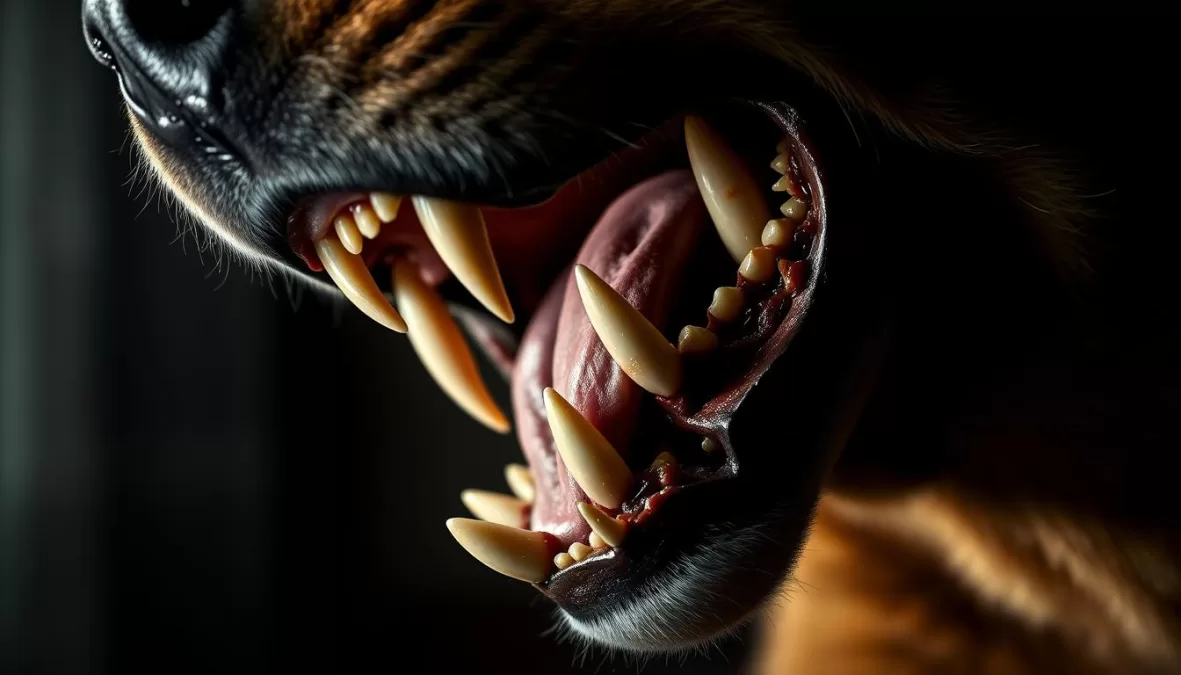
Statistical Analysis of Fatal Dog Attacks
Statistical analysis of fatal dog attacks provides valuable insights into which breeds are most frequently involved in serious incidents. According to available data, certain breeds are disproportionately represented in dog attack fatalities.
| Breed | Number of Fatalities | % of Total Fatalities |
|---|---|---|
| Pit Bull Terriers | 66 | 65.3% |
| Rottweilers | 10 | 9.9% |
| German Shepherds | 5 | 4.9% |
Breed-Specific Legislation and Controversies
Breed-specific legislation (BSL) aims to reduce dog attacks by restricting or banning certain breeds. However, BSL is a contentious issue, with proponents arguing it enhances public safety and opponents claiming it is ineffective and unfair to responsible dog owners.
In conclusion, determining a dog breed’s danger level involves a multifaceted analysis of factors including bite force, statistical data on dog attacks, and the controversy surrounding breed-specific legislation.
Top 10 Dangerous Dogs Based on Bite Statistics
The statistics on dog bites paint a clear picture of which breeds are most commonly associated with severe injuries and fatalities. Understanding these statistics is crucial for potential dog owners and the general public to take necessary precautions.
1. Pit Bull Terriers
Pit Bull Terriers top the list of dangerous dogs due to their powerful jaw strength and high representation in fatal attack statistics. Despite their controversial reputation, it’s essential to understand that a Pit Bull’s behavior is directly linked to responsible ownership.
The strength, gameness, and tendency towards aggression in Pit Bulls can be an outsized threat if they decide to attack. Statistics show that although Pit Bulls make up only about 6% of dogs in the U.S., they account for nearly 70% of all fatal dog bite deaths.
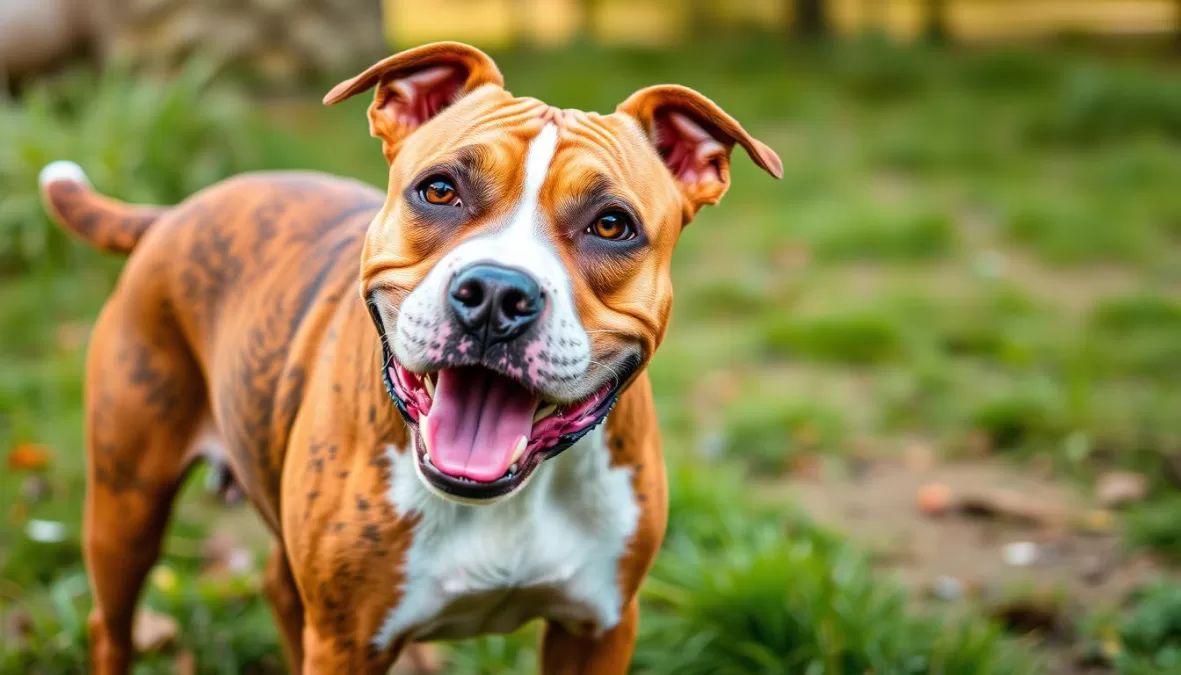
2. Rottweilers
Rottweilers rank second on our list due to their imposing size and protective instincts, making them potentially dangerous when not properly trained or socialized. Their powerful build and strong guarding instincts mean they can inflict serious injuries if they feel threatened or if they’re protecting their territory.
It’s crucial for Rottweiler owners to invest in early socialization and training to mitigate the risk of aggressive behavior.
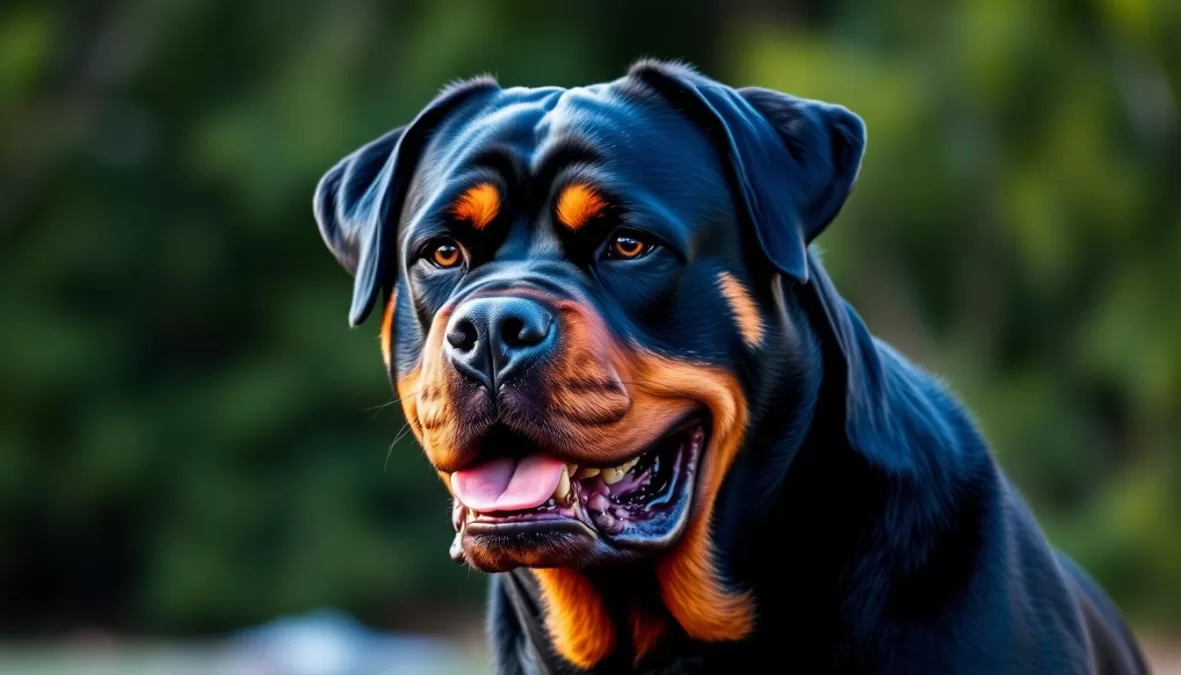
3. German Shepherds
German Shepherds, despite their popularity as police and service dogs, rank third due to their intelligence, strength, and protective nature, which can sometimes lead to aggressive behavior. Their loyalty and confidence can make them excellent companions, but they require consistent training and socialization.
Their high energy levels and strong herding instincts mean they need active owners who can provide the necessary exercise and mental stimulation.
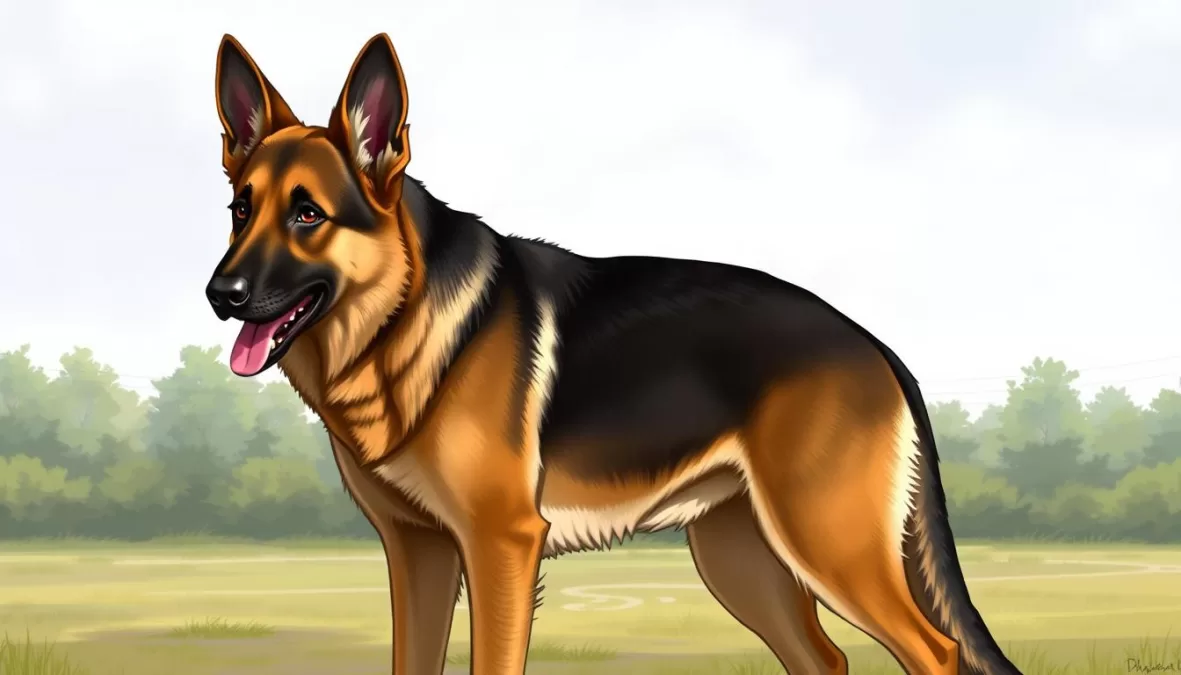
4. American Bulldogs
American Bulldogs round out the top four with their muscular builds and powerful bites, making them capable of inflicting serious injuries when provoked. Originally bred for farm work, they have a strong prey drive and can be protective of their family.
Early training and socialization are key to ensuring they grow into well-adjusted adults.
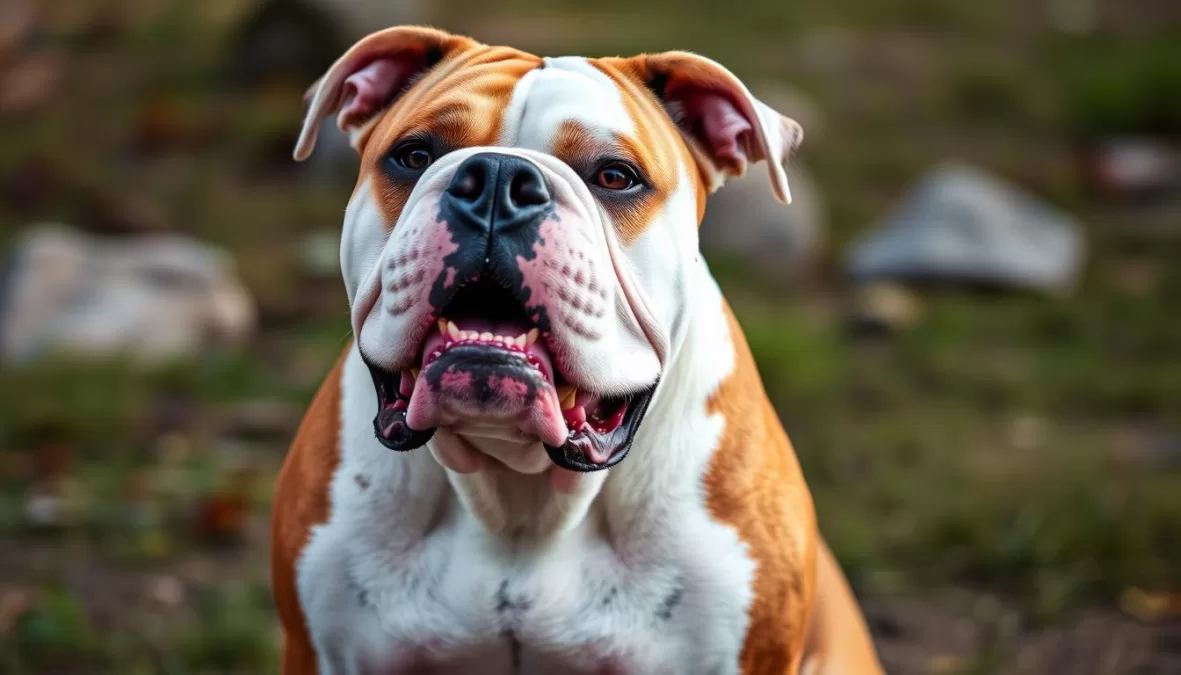
5. Bullmastiffs
Bullmastiffs are the fifth breed on our list, known for their massive size and powerful guarding instincts. Bred to guard estates, they have a natural suspicion of strangers and can be aggressive if not properly socialized.
Their large size and strength mean they can unintentionally cause harm, making it essential for owners to be experienced and capable of managing their powerful nature.

Top 10 Dangerous Dogs Based on Bite Statistics
The final five breeds on our list of the top 10 most dangerous dogs reveal some unexpected entries and highlight the importance of responsible pet ownership. While many factors contribute to a dog’s propensity for aggression, understanding these breeds can help potential owners make informed decisions.
Siberian Huskies
Siberian Huskies, known for their friendly and outgoing nature, may come as a surprise on this list. However, their strong prey drive and wolf-like instincts can lead to unpredictable behavior, especially around small animals or children. Proper training and socialization are crucial to prevent potential incidents.

Doberman Pinschers
Doberman Pinschers rank seventh on our list, largely due to their impressive bite force of up to 600 PSI and athletic build. When their protective instincts are triggered, they can be formidable. It’s essential for owners to be aware of their dog’s guarding tendencies and to train them appropriately.
Alaskan Malamutes
Alaskan Malamutes, similar to Siberian Huskies but often larger, reaching up to 130 pounds, possess strong predatory instincts and physical power. Without proper training and exercise, they can become dangerous. Their size and strength make them a breed that requires experienced owners.
Chow Chows
Chow Chows may surprise some readers with their inclusion on this list. However, their territorial nature and independent temperament make them prone to aggression if not properly socialized. Early training and exposure to various environments can help mitigate this risk.
Boxers
Boxers round out our top 10 list. With their muscular build and strong bite, they can be potentially dangerous despite their generally playful nature. Regular exercise and training are vital to ensure they remain well-behaved family pets.
| Breed | Bite Force (PSI) | Average Weight (lbs) |
|---|---|---|
| Siberian Husky | 320 | 50-60 |
| Doberman Pinscher | 600 | 60-80 |
| Alaskan Malamute | 400 | 70-130 |
| Chow Chow | 350 | 55-75 |
| Boxer | 230 | 50-70 |
Understanding these breeds and their characteristics is key to preventing dog-related incidents. Responsible ownership, including proper training and socialization, can significantly reduce the risk of aggression.
Responsible Ownership of Powerful Breeds
Powerful dog breeds require more than just a loving home; they demand responsible ownership and dedicated training. While these breeds have the potential to be loving companions, their strength and energy necessitate a commitment to proper care and management.
Training Requirements for High-Risk Dogs
Training is a critical component of responsible ownership, especially for breeds considered high-risk. Early obedience training is essential, as it establishes clear boundaries and helps to prevent unwanted behaviors. Consistent reinforcement of commands and rules is vital, ensuring that the dog understands what is expected of it.
Establishing clear leadership is also crucial. Owners must demonstrate calm, assertive leadership to guide their dogs effectively. This involves setting clear rules and consistently enforcing them, which helps in developing a well-behaved dog.
Socialization Techniques for Aggressive Breeds
Socialization is another key aspect of raising a well-adjusted dog, particularly for breeds with aggressive tendencies. Controlled exposure to various people, animals, and environments can help desensitize a dog to potential triggers, reducing the likelihood of aggressive reactions.
Effective socialization involves gradual, positive experiences. Owners should start with small, manageable steps, rewarding their dogs for calm behavior in new situations. This approach helps build confidence and reduces anxiety, leading to a more balanced temperament.
Understanding breed-specific traits is also vital. Certain breeds have innate tendencies that require specific management approaches. By acknowledging and working with these traits, owners can better manage their dogs’ behavior and reduce the risk of aggression.
Practical advice for owners includes ensuring secure containment to prevent escape or unwanted interactions. Using proper equipment like sturdy leashes and harnesses is also recommended. Ongoing training throughout the dog’s life is essential, as it reinforces good behavior and addresses any emerging issues.
Responsible ownership not only protects the public but also provides powerful breeds with stable, fulfilling lives. By channeling their natural traits appropriately, owners can help their dogs become valued members of the community.
How to Stay Safe Around Potentially Dangerous Dogs
Understanding how to stay safe around potentially dangerous dogs is crucial for preventing unfortunate incidents. While certain breeds may have a reputation for being more aggressive, it’s essential to remember that any dog can become dangerous if not properly trained, socialized, or cared for.
Reading Canine Body Language
One of the most effective ways to stay safe around dogs is to learn how to read their body language. Dogs often display warning signs before they become aggressive. These signs can include:
- Stiff posture
- Raised hackles (the hair on their back)
- Direct staring
- Growling or snarling
- Showing their teeth
Recognizing these signs early can help you avoid a potentially dangerous situation. If a dog is displaying any of these behaviors, it’s best to give it plenty of space and avoid any direct interaction.
What to Do If Confronted by an Aggressive Dog
If you find yourself confronted by an aggressive dog, staying calm is crucial. Here are some steps you can follow to minimize the risk of an attack:
- Remain calm and avoid making sudden movements.
- Avoid direct eye contact, as this can be perceived as a challenge.
- Stand still or slowly back away from the dog without turning your back.
- If the dog attacks, use any available object to protect yourself, or curl into a ball on the ground to protect your vital organs.
Teaching children how to behave around dogs is also vital. They should be instructed to:
- Ask permission before petting a dog.
- Avoid sudden movements or loud noises.
- Not disturb a dog that is sleeping, eating, or caring for its puppies.
- Respect a dog’s space and not tease it.
By understanding dog behavior and respecting their boundaries, we can significantly reduce the risk of incidents, even with breeds considered potentially dangerous. Being aware of our surroundings and knowing how to react can make a significant difference in staying safe around dogs.
Conclusion: Balancing Caution with Compassion
While certain dog breeds are labeled as dangerous dog breeds, it’s crucial to look beyond the statistics and understand the role of responsible ownership. Breeds like Pit Bulls, Rottweilers, and Doberman Pinschers have a powerful bite force and are often considered guard dogs, but with proper training, they can be loving family pets.
By acknowledging the legitimate concerns surrounding these breeds and challenging unfair stereotypes, we can foster a more informed approach to dog ownership. Most dog attacks are preventable through education and responsible pet care, allowing us to balance caution with compassion.

